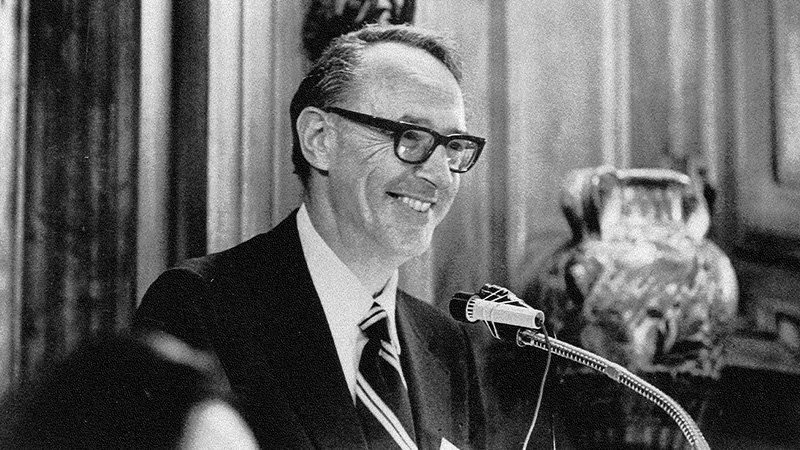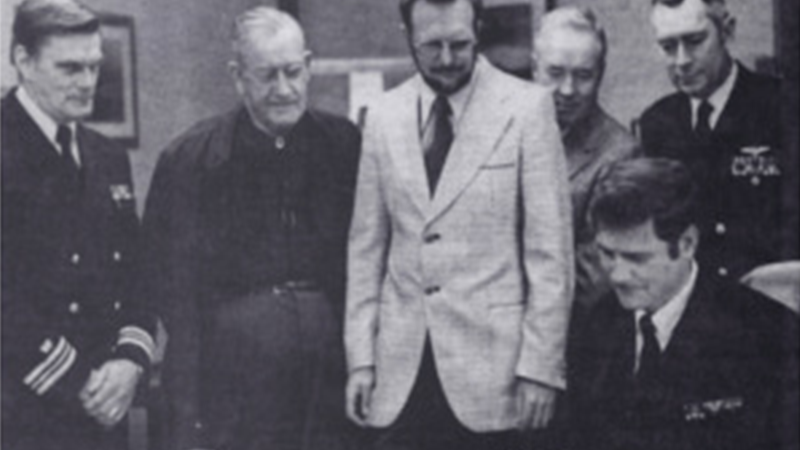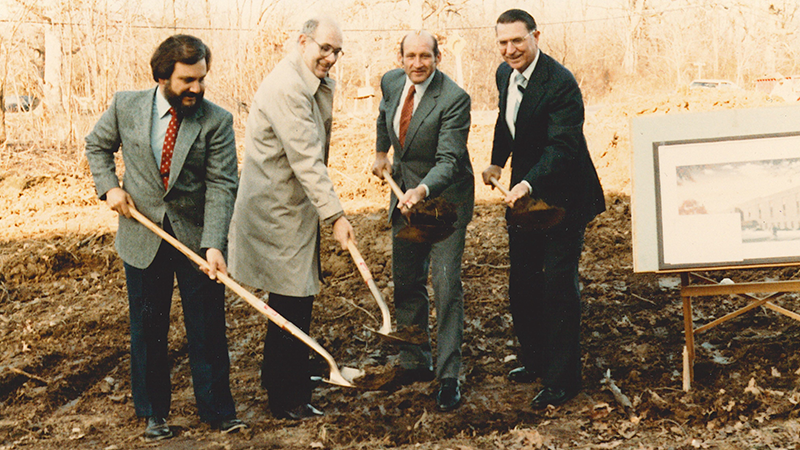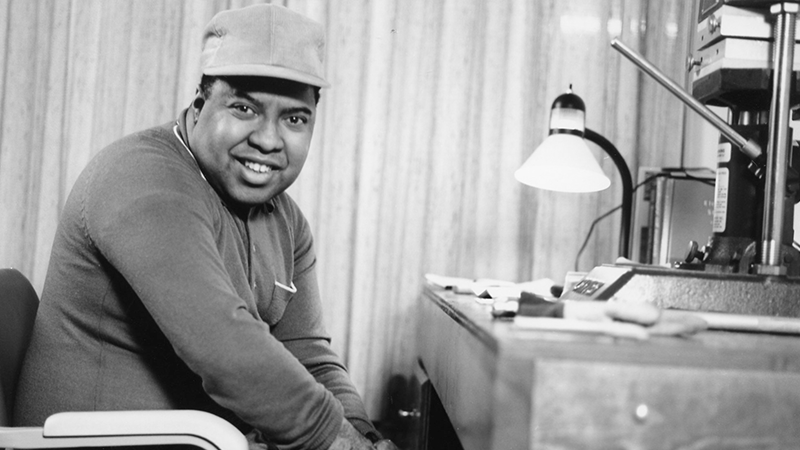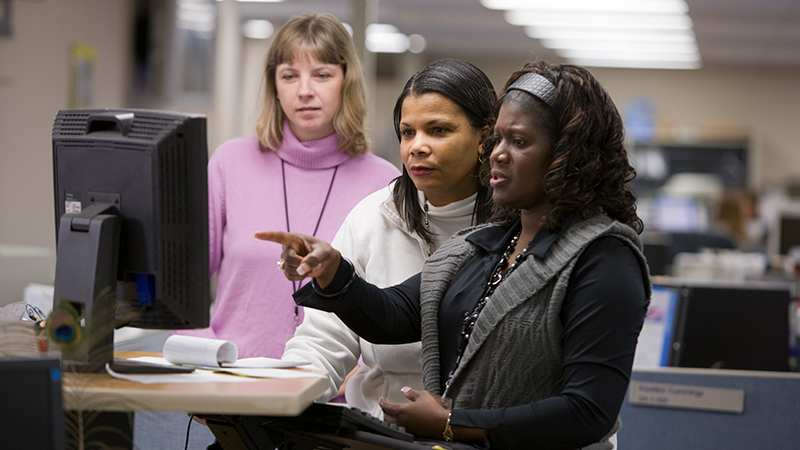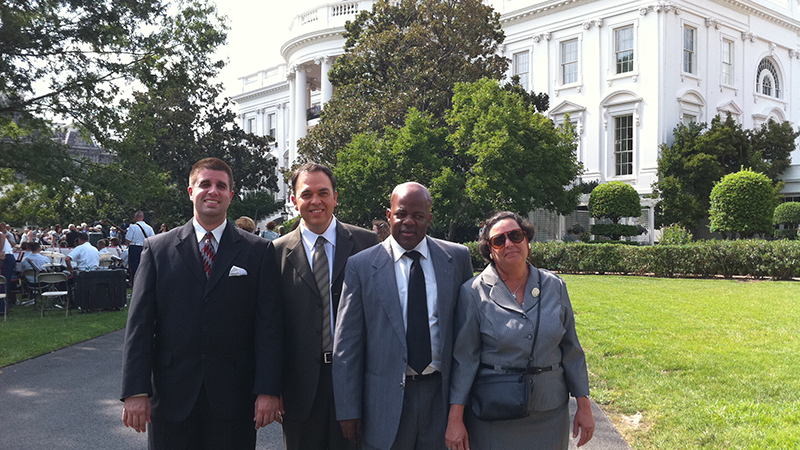1970s
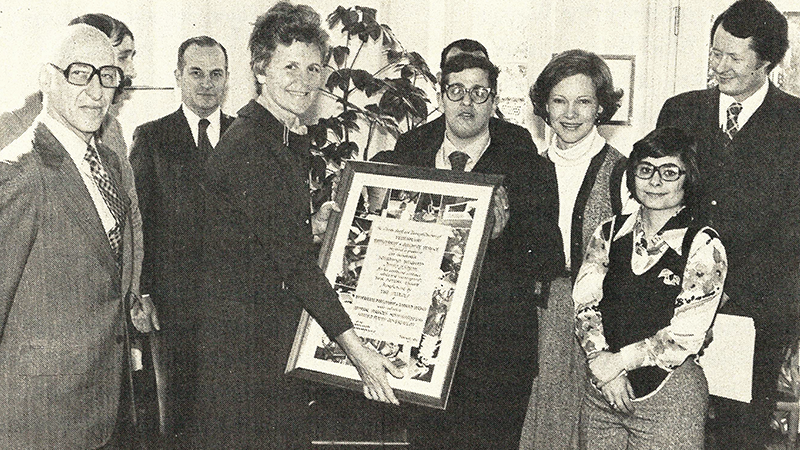
The Full Story
1974
For NISH (now SourceAmerica), this was the year it all began. A few years earlier, in 1971, the original Wagner-O’Day Act (which provided employment for people with visual disabilities) had been expanded under an amendment sponsored by Senator Jacob K. Javits to include the “other significantly handicapped.” Despite valiant efforts by many, the rate of employment provided for the new population under the Javits-Wagner-O’Day (JWOD) Program did not climb as rapidly as had been hoped.
After holding a public hearing on the topic in 1973, the Congress reported that “Establishment of a functioning National Industries for the Significantly Handicapped was cited by almost every single witness as the single most important step in bringing Wagner-O’Day contracts to the other significantly handicapped.”
Thus, with the encouragement of both the Congress and the CPBOSH (now the U.S. AbilityOne Commission) , and with funding provided by a grant from the Rehabilitation Services Administration (RSA), a handful of staff was hired. The organization bearing the name “National Industries for the Significantly Handicapped” was born.
1975
NISH added its first item to the Procurement List, the mechanics’ creeper, manufactured by Quadco Rehabilitation Center, Inc., Stryker, Ohio. By the end of the year, the number of people with disabilities employed under the program grew to approximately 1,000.
While this was the first product added after NISH was formed, it was not the first product added since the Javits Amendment had been passed. The first addition for a Work Center serving the “other significantly handicapped” was a contract for the rehabilitation of furniture and was awarded to Goodwill Industries of San Antonio.
1976
This year marked an important milestone for the organization. The staff had grown to 16, and in July, NISH was officially designated by the CPBOSH (now the U.S. AbilityOne Commission) as the Central Nonprofit Agency to represent Work Centers employing the “other significantly handicapped”.
It was an excellent year in terms of the size of the workforce, with the number of people with disabilities employed by JWOD contracts climbing to over 2,000. Among the items that were now being produced under the JWOD Program were decals, desk lamps, distress marker lights, hospital gowns, lunch bags, mechanics’ creepers, paper perforators, and electronic test leads. In an innovative marketing effort, a number of items manufactured by Work Centers were displayed at the AFL-CIO conference on community services held in Washington, D.C. in May 1976.
1978
The year 1978 started off like gangbusters with the first one-million-dollar service contract in history added to the Procurement List. It was the Janitorial/Custodial service contract at the Veterans Administration Building in New York City, and it is still in operation today!
The number of producing Work Centers was nearing 100, while the number of associated organizations exceeded 500. We were beginning to witness more than a decade of tremendous demand for the JWOD Program.
